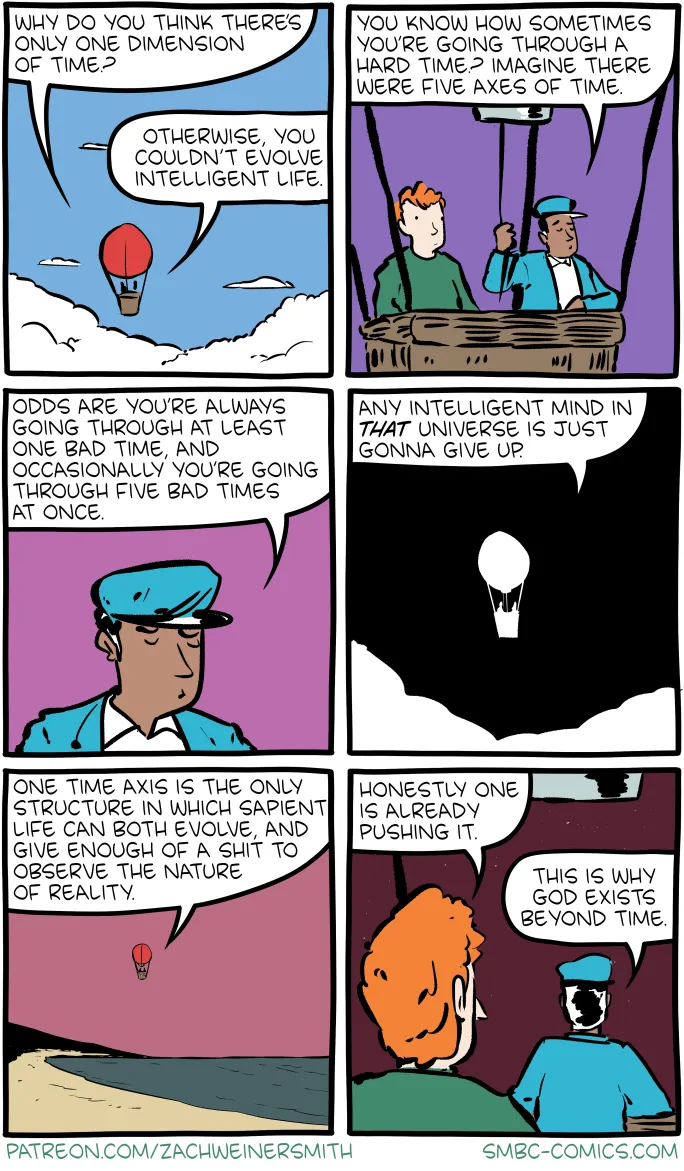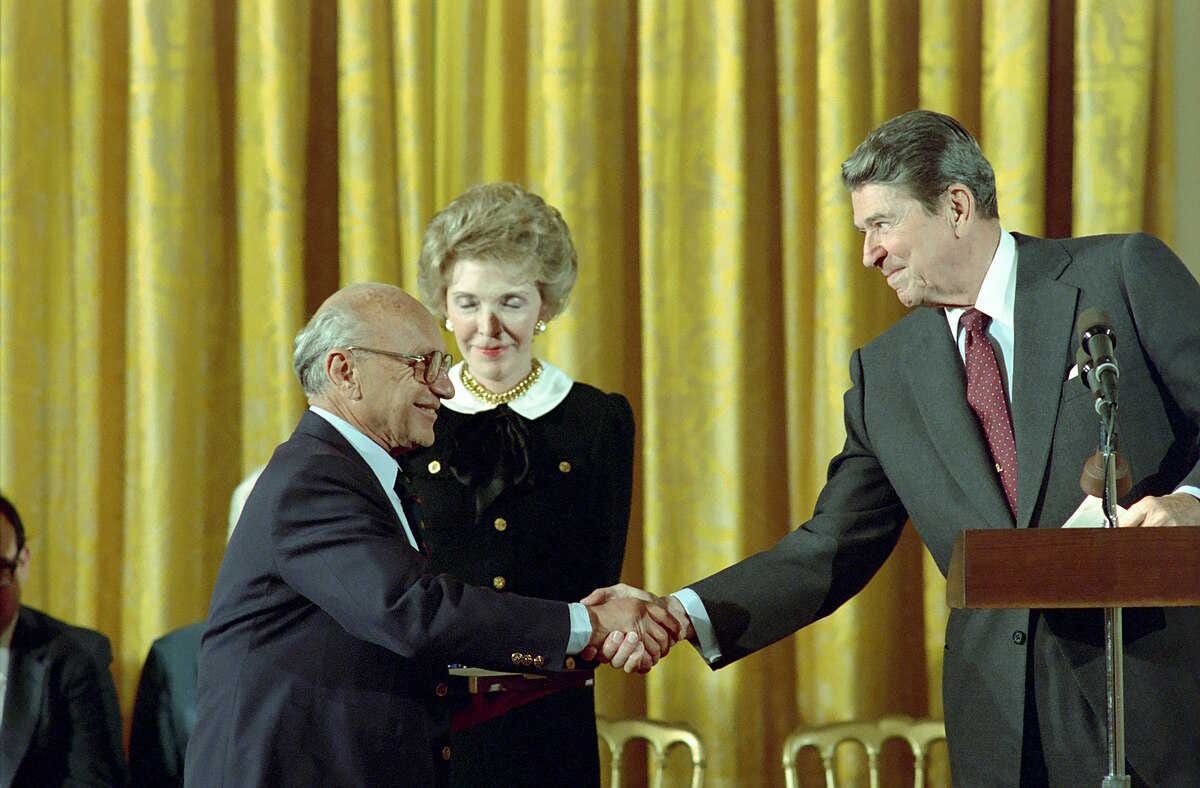I spent a lot of my early years as a blogger arguing against libertarianism. Here are some example posts that I reposted on Substack:
(Here are a few more on my old blog, in case you’re interested.)
My basic criticisms of libertarianism were:
Libertarians’ ideological opposition to public goods provision and state capacity not only makes us poorer, but it also makes us less free in the long run, because poorer societies are less able to resist foreign conquerors. For example, it’s hard to imagine a libertarian government winning World War 2.
By treating all of society as an interaction between a government and the individuals it governs, libertarians tend to ignore the threats to liberty from non-governmental institutions (“local bullies”), and from foreign governments. This led some libertarians to oppose the Civil Rights Act, and to underestimate the threats from illiberal powers like China. And these omissions led to some unsavory people grafting themselves and their oppressive ideas onto the libertarian movement.
Libertarians underrate the importance of non-market mechanisms, which are sometimes superior to markets when transaction costs are high. If friendship, sex, and the right to breathe air were allocated by markets, society would be worse.
Libertarians’ focus on deontological (principles-based) notions of freedom often contradicts humanity’s moral sentiments. For example, some libertarians argue that people should be able to sell themselves into slavery; the proper response to this is “Eww.”
For what it’s worth, I still think these criticisms are all valid and true. And I definitely don’t think libertarianism is the best political-economic philosophy possible, or the best one that exists in the world today. I have not become a libertarian, nor do I expect to.
But I feel like I owe libertarians an apology, for severely underrating their ideology. I was so focused on its theoretical flaws that I ignored its political importance. I concentrated only on the marginal benefits that might be achieved by building on our economic system’s libertarian foundation, ignoring the inframarginal losses that would happen were that foundation to crumble. I had only a hazy, poor understanding of the historical context in which libertarianism emerged, and of the limitations of libertarianism’s most prominent critics.
The most obvious thing that has prompted me to make this apology is Donald Trump’s disastrous tariff policy. While some progressive politicians like Bernie Sanders, Gretchen Whitmer, and Chris Deluzio have equivocated on tariffs — criticizing the implementation but not the basic idea — it has been the libertarian Rand Paul who has come out as one of the tariffs’ strongest rhetorical opponents in Congress:
Many Republican lawmakers lie low when they have differences with President Trump. Sen. Rand Paul has taken the opposite approach.
“Congress needs to grow a spine, and Congress needs to stand up for its prerogatives,” the Kentucky Republican told reporters…His comments came just days after he was one of only two GOP senators to vote against the party’s budget framework that is key to Trump’s tax cuts, saying it didn’t do enough to reduce the deficit…
[N]ow major parts of Trump’s agenda could hinge on whether the senator sticks to his guns or folds…The conflict over tariffs could come to a head soon. A measure Paul is co-sponsoring to end Trump’s tariffs is set to come to the floor when the Senate returns next week.
The spectacle of a libertarian Republican standing up to a President who holds near-absolute power within the GOP is inspiring, while it’s shameful to see some Democrats take only weak swipes at policies that threaten to do great harm to America’s middle class and working class.
In the short term, Paul is bound to lose his fight — he claims to have the votes in the Senate, but he doesn’t have the votes in the House. But in the long term, it’s possible that we’ll see a repeat of the backlashes to the Embargo of 1807 and the Smoot-Hawley tariffs of the 1930s. Free trade has won before in America, and there’s a chance it’ll win again — in which case Rand Paul and the libertarians will have the last laugh, even if it’s mostly Democratic votes that eventually strike down Trump’s insane policy.
The size and breadth of Trump’s tariffs came as a shock to me. I never imagined that a U.S. leader would have such a deeply broken view of how trade works, or would willfully inflict such harm on the American people. But I should have known it was possible. I should have studied the historical example of Juan Peron, whose Trump-style policies of protectionism and fiscal profligacy combined to knock Argentina out of the ranks of the rich nations. I should have studied the failure of “import substitution” policies in the 1950s and 1960s. I should have known more about the political context that produced Smoot-Hawley in the U.S.
I should also have realized that as right-leaning ideologies go, American libertarianism was always highly unusual. I had lived in Japan, where the political right is protectionist, industrialist, and sometimes crony-capitalist. I should have realized that this was the norm for right-leaning parties around the world, and that the American right’s Reaganite embrace of free markets and free trade was the anomaly. That, in turn, should have given me a warning of what would happen if libertarianism fell in America.
I did not understand the relevant pieces of history, nor did I think carefully enough about what I had observed overseas. And so when I was a graduate student writing about the ills of libertarianism, I imagined that the realistic alternatives to the American system of 2007 were either the gentle progressivism of Bill Clinton and Barack Obama, or the vigorous nation-building of FDR and Eisenhower, rather than the madness of a charismatic populist with zero understanding of economics.
Perhaps an analogy to a popular fantasy novel is in order. In Brandon Sanderson’s Mistborn Saga (Warning: spoilers), rebels fight to overthrow a repressive despot known as the Lord Ruler. But when they succeed, it turns out that the Lord Ruler’s presence was the only thing holding back a destructive force known as Ruin, which proceeds to destroy the world. Oops! Over the past eight years, I’ve often thought of Reaganite conservatism as the Lord Ruler, keeping a lid on the spirit of right-wing Ruin that was Patrick Buchanan and the John Birch Society. But it also seems likely that free-market ideology, for all its flaws, was keeping a lid on the right’s natural impulse toward Peronism.
To be sure, libertarianism proved inadequate to a number of important 21st-century tasks — preserving U.S. defense manufacturing capacity in the face of Chinese competition, speeding the adoption of green technologies, redistributing the gains from trade and technology, and driving forward technological progress in an age of exploding research costs. And yet who, at this moment, wouldn’t trade Trump’s tariff regime for the libertarian policies of Argentina’s Javier Milei, who has reduced his country’s inflation to manageable levels, while reducing poverty as well?
I’ve spent years criticizing the ideas of Milton Friedman. And yet right now, the people in the Trump administration desperately need a dose of Friedman’s ideas. They need to sit down and watch the famous pencil video, in which Friedman explains how international supply chains are crucial for giving us the conveniences of modern life:
I have spent years explaining why asset markets are not perfectly efficient. And yet capital flight and chaos in the bond market is the only thing so far that has demonstrated the ability to make Trump dial back his tariffs. This tweet by the progressive writer John Ganz really hits home:
I’ve spent years making fun of Ayn Rand novels, and yet doesn’t Trump’s cronyism, disdain for private business, and relentless instinct for government control make him the perfect Ayn Rand villain?
I’ve spent years criticizing Econ 101 for teaching overly simplistic models and ignoring empirics. And yet who now can deny that Trump, Peter Navarro, Howard Lutnick, and the rest of that crew could benefit from taking a remedial Econ 101 course?
If you would rather have a Trumpist right than a Reaganite right, I just don’t know what to tell you.
But I’d be lying if I said that Trump’s madness is the only thing that made me feel more sympathy for libertarianism. Over the past decade, I’ve seen the excesses of progressive economic ideology more clearly than I ever did as a graduate student.
On the crucial issue of housing, I’ve seen anti-market ideas weaponized to trick people into thinking that allowing new market housing raises rents via “gentrification”, when in fact it lowers rents, just as an Econ 101 textbook would predict. I’ve seen progressives pooh-pooh the idea of supply and demand as “trickle-down”, even as cities that build more supply have generally succeeded in reducing rents. I’ve seen them decry new housing construction because it puts money in the pockets of developers. And I’ve seen progressives push rent control as an alternative, even though it ultimately reduces supply and creates artificial scarcity.
On macroeconomic policy, I’ve seen progressives push relentlessly for stimulative policies to push up labor demand, even as inflation brought down Joe Biden’s presidency and government infrastructure programs turned into make-work programs that built nothing.
Internationally, I’ve seen respected progressives like Joe Stiglitz rush to praise the economic policies of Hugo Chavez, and then fail to apologize after those policies drove Venezuela’s economy into one of the worst catastrophes in modern history.
On public goods provision, I’ve seen Democrats struggle to build high-speed rail, EV chargers, and rural broadband, despite throwing tens of billions of dollars at these things. I’ve seen progressives at the Roosevelt Institute go to the mat to defend NEPA and other procedural barriers to development, even though these barriers have dramatically slowed decarbonization and other progressive priorities.
Meanwhile, it’s libertarians who have proven to be smarter and more flexible on state capacity. Tyler Cowen articulated the idea of “state capacity libertarianism” in 2020, and think tanks like the Institute for Progress have done a lot of great work on building U.S. state capacity even as they also advocate for cutting regulation.
In other words, just as Trumpism represents the actually existing alternative to free-market ideas on the right, the actually existing alternatives to free markets on the left are very far from whatever I was imagining as a grad student snarking about public goods.
Libertarianism is far from perfect as a governing ideology, and has had plenty of failures. But it’s the proper foil for progressivism, which is also far from perfect and has also had its share of debacles. The answer is that we need both ideologies, and we need both to be the most reasonable incarnations of themselves. We should be debating opportunity versus equality, freedom versus redistribution, government provision versus market provision of public goods. We should not be scrambling to stave off the depredations of a Mad King who doesn’t understand the first thing about economics.
Perhaps we debated the libertarians too vigorously, and too well. Now I find myself wishing we had them back. In this world there are monsters far more terrifying than the market.
Subscribe now
Share









